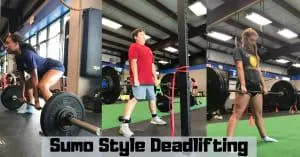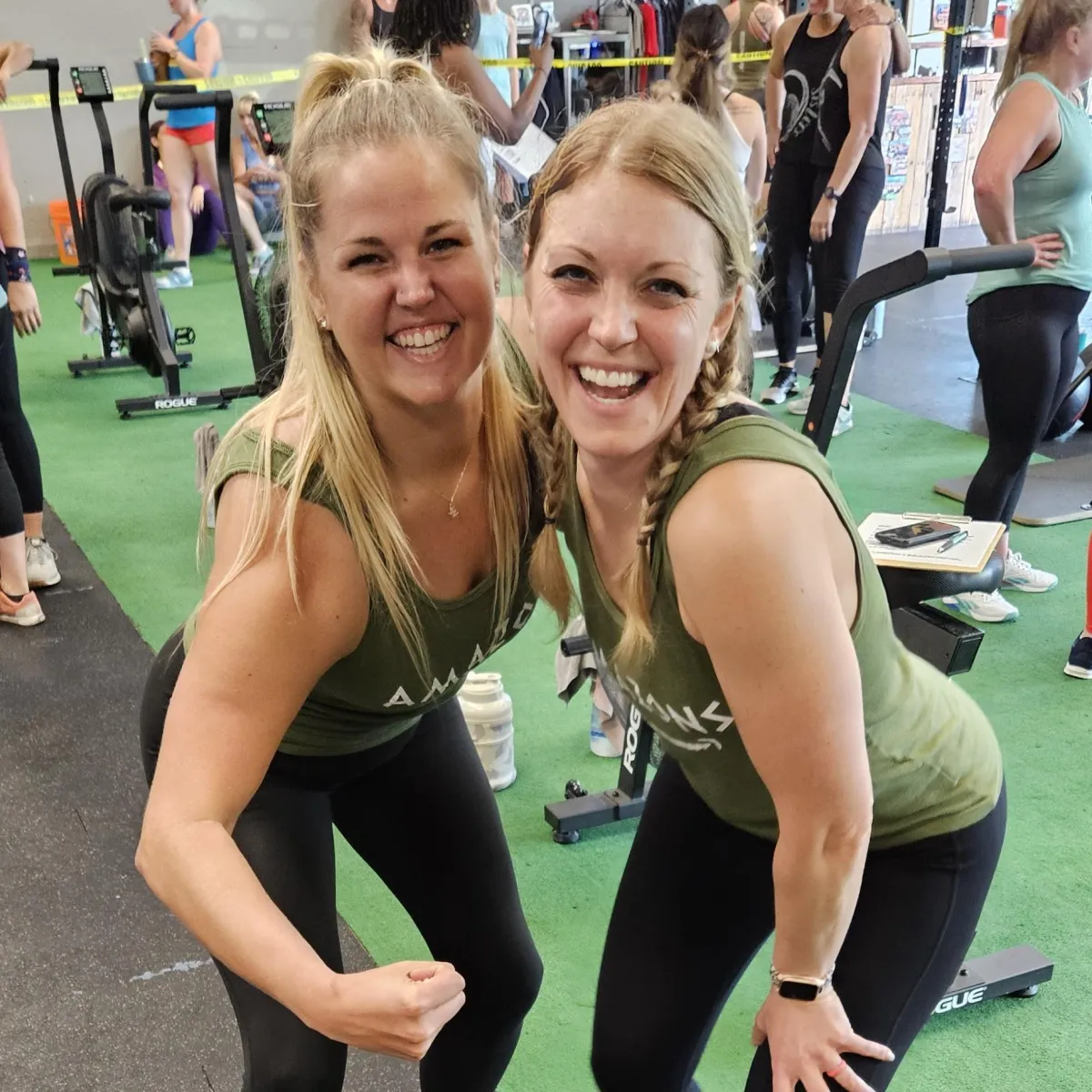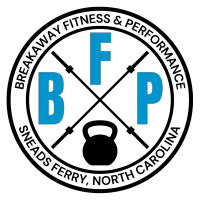WEIGHT LOSS & FITNESS BLOG

Sumo Style Deadlifting
I was having a discussion the other day with someone about different deadlift variations. We circled back to the sumo style deadlift and how the slight differences may be of benefit to him. So after that discussion, I dug a little deeper and wanted to break down the sumo deadlift and how it can be a great change up in your training regime.
Let’s first talk about the setup. The sumo style requires a slightly different setup compared to the conventional style. The biggest differentiator is that the sumo deadlift will start with a wider stance and toes pointed out. This may be different for each person, so you need to figure out what works best for your body. Then the arms are placed in between your legs (you should be able to push your elbows against your knees) when you go to grab the bar. One more thing to note, the sumo stance will require a bigger knee bend to begin the lift and this will put you into a more upright position before you pull the bar off the ground. Check out the link below for a quick video on the set-up. I know some of y’all are visual learners!
Now that we have the setup taken care of, let’s talk about some advantages of incorporating the sumo deadlift into your training regime!
1. Overall, it’s a shorter distance to lockout, meaning you do not have to pull the bar off the ground as high as you would when using the conventional style. This is because the foot placement is wider.
2. It’ll put less shear force on your lower back. This is due to the body being more upright before the pull. If you have lumbar issues in the first place, the sumo style may be a good alternative for deadlifting.
3. Anatomically it can be a better option for people with a larger Q angle or people who have long limbs. Let me first explain the Q angle . The Q angle is the angle at which the femur meets the tibia (check out the picture). So how can that affect your training? Well, if you have a larger Q angle, more than likely you have wider hips. FYI, women tend to have wider hips than men. It’s just how God made us. Anyways, someone with a larger Q angle can be more prone to having issues down stream (knees and ankles) if technique on certain exercise are not good. So, biomechanically it could be advantageous for people who have a larger Q angle to use the sumo style instead of the conventional style. With that being said, the sumo style can also be advantageous for people who have long limbs. This will get you closer to the ground without having to compensate elsewhere. I use the sumo deadlift with a lot of my taller athletes, simply because it puts them into a better position.
The sumo deadlift can help improve the conventional deadlift, simply because it adds in variation that provides a slightly different stimulus on the body. The posterior chain (back side of the body) will still be the prime working muscles. In fact, the glutes are targeted to a higher degree by the sumo deadlift, primarily due to the foot/hip placement in the setup. The quadriceps will also play a bigger role, specifically the vastus medialis (inner thigh). This is also due to the foot placement and having a greater knee bend during the setup.
Coach Silas


Are you Ready to become
sTRONG - FIT - cONFIDENT?
Click the Button To Start Your Journey Today!!

